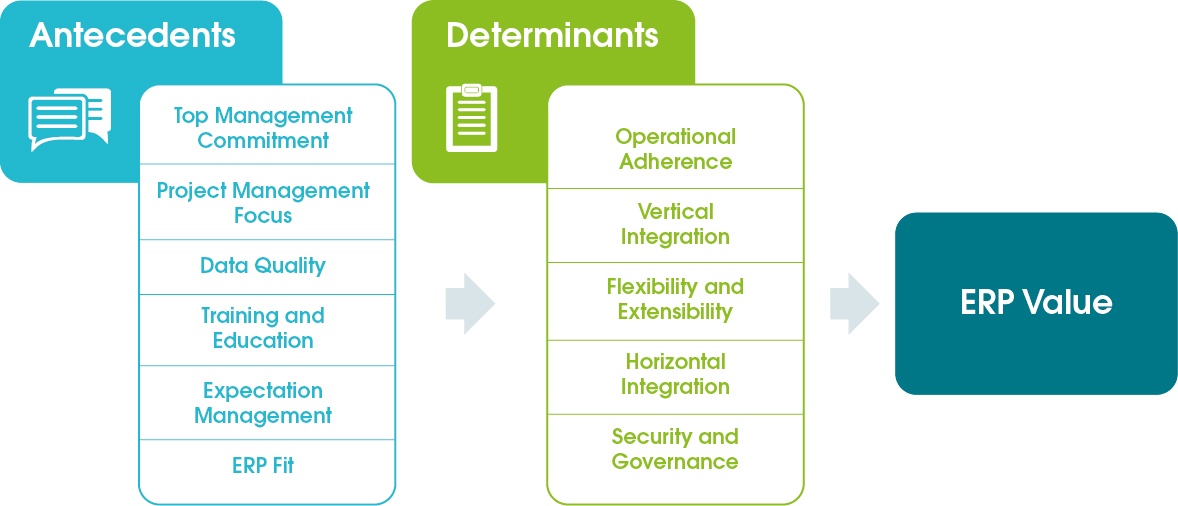There’s something extremely satisfying about a well-planned, properly resourced fishing trip. When you’ve found the perfect spot, your tackle box is well-stocked and the beer is cold, it’s as if the planets have aligned and you just know that the next few hours are going to be blissful.
As I wrap up this blog series on ERP selection, value realization and return on investment I’ve been thinking how my successful fishing trips are similar to an effective ERP solution: a lot is determined by the factors that precede the expedition … or deployment in the case of an ERP project.
Let’s take a look at what will catch you some fish (so to speak) in an ERP adoption. Below is a list of the top 6 antecedents to ERP project success:
Top Management Commitment
Top management should be fully committed to the entire process of ERP adoption throughout the preparatory, selection and implementation phase. Of significant importance is the appointment of an internal project champion at the appropriate level.
This champion is responsible for promoting active engagement throughout the management structure and ensuring that contributory stakeholder representation is systemic throughout the adoption stage.
Project Management Focus
Critical Failure Factors (CFFs) often point to a lack of focus on project management or appreciation of the complexity underlying a successful ERP implementation. Detailed project planning serves to identify activities and the commitment levels required in activity completion.
Data Quality
The identification of critical data and the cleansing of redundant or inaccurate data is of paramount importance prior to ERP adoption. Due to the nature of ERP’s footprint across the complete organization, data inconsistencies greatly affect the adoption and use of an ERP system.
Expectation Management
Often in the selection phase, particular focus and attention is placed on results-based-outcomes (RBOs). It is not unusual for an organization to be seduced by ERP vendors showcasing particular ERP capabilities without understanding the underlying requirements in order to achieve these RBOs. The establishment of a steering committee is important in dealing with the management of expectations and the agreement of measures of success.
Training and Education
Often ERP training, as one of the final steps prior to adoption, is scaled back due to project scope creep or project cost overruns. Training for operational use and knowledge transfer on ERP capability is of paramount importance to all organizational stakeholders. A long term view should be adopted by the organization to establish ‘seekers-of-value’. It would be the responsibility of such individuals to continuously seek additional areas wherein the ERP system can assist with the improvement of ongoing operations.
Organizational and ERP fit
ERP systems usually encompass best practices with regard to operational business processes. However, best practices may not be the ‘right’ practices for a given organization. In fact, adopting a particular best practice may erode the organizations’ flexibility. A poor fit stems both from a lack of attention during ERP selection and a lack of formalized procedures governing business processes.
In closing, (because there are markets to be conquered and fish to be caught), it is critical to acknowledge that the determinants of ERP value and their contribution to ROI are intrinsically linked to the antecedents being in place. I propose the following model to evaluate the investment in an ERP system (asset), and the understanding of its potential return.








